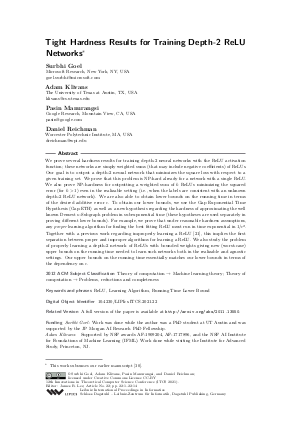LIPIcs.ITCS.2021.22.pdf
- Filesize: 0.54 MB
- 14 pages

 Creative Commons Attribution 3.0 Unported license
Creative Commons Attribution 3.0 Unported license






















Feedback for Dagstuhl Publishing